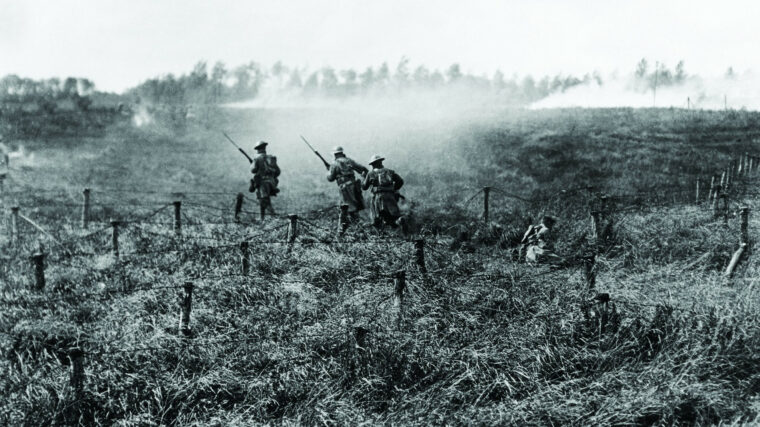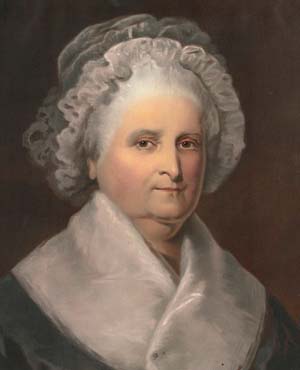
general
Before the Battle of the Bulge: Forming the 551st “GOYAs”
By Donald Roberts IIBy summer’s end 1944 Adolf Hitler, along with much of his staff, began to realize that Germany was in serious danger of losing the war. Read more

general
By summer’s end 1944 Adolf Hitler, along with much of his staff, began to realize that Germany was in serious danger of losing the war. Read more

general
“Where is Steiner?” Adolf Hitler demanded as his Thousand Year Reich crumbled around him in April 1945. “Is he attacking yet?” Read more

general
General George S. Patton, Jr., once said, “An army is like a piece of cooked spaghetti. You can’t push it, you have to pull it after you.” Read more

general
As the fateful day drew to a close, the exhausted World War I soldiers of the German 25th and 82nd Reserve Divisions huddled in their trenches. Read more

general
At 0100 hours on September 12, 1918, German positions in the St. Mihiel salient on the Western Front were lit up by a massive artillery barrage. Read more
general
Mobile Army Surgical Hospitals, or M*A*S*H units, were popularized by Richard Hooker’s novel series, the 1970 film starring Donald Southerland and of course the long-running television show starring Alan Alda. Read more

general
George Pommery Colley was born on November 1, 1835, in Dublin, Ireland. He was the third son of George Pommery Colley of Rathangan, County Kildare, Ireland. Read more

general
As the epicenter of the Civil War, Fort Sumter naturally attracted much photographic attention. The first photographer to visit the fort after the 1861 bombardment and surrender was F.K. Read more

general
On May 10, 1861 the Confederate Secretary of War, L.P. Walker, assigned “control of the forces of the Confederate States in Virginia” to Maj. Read more

general
It was unseasonably warm in Charleston when the Democratic National Convention opened for business at noon on April 23, 1860. Read more

general
The first camps assembled by the Union Army of the Potomac were tent cities, thrown together hastily as new regiments arrived from the free states. Read more

general
At the beginning of 1861, Missouri was in turmoil. A slave state since its inception in 1820, Missouri had grown increasingly tied to urban industry. Read more

general
The year 1776 ended on a high note for George Washington’s Continental Army despite its earlier devastating defeats on Long Island and Manhattan. Read more

general
Although Union Colonel Silas Colgrove had previously led his men through some of the most horrific fighting in the eastern theater of the Civil War, the order he received on the morning of July 3, 1863, in the woods near Culp’s Hill at Gettysburg, was the most unnerving he had ever received. Read more

general
Early in June 1940, refugees from northern France and the low Countries who had flooded Paris in May fled with the residents of the city as the German advance neared. Read more

general
According to contemporary Soviet news sources, fighter Ace Alexander Pokryshkin was the most famous pilot in the Red Air Force during World War II. Read more

general
When Maj. Gen. Curtis Lemay, the hard-driving commander of the Twentieth U.S. Air Force based in Guam, decided to change tactics in early 1945 to boost the effectiveness of the B-29 Superfortress, it was the Bell Aircraft plant in Marietta, Georgia, that ultimately provided him with the stripped-down bombers that played such a key role in ending the war in the Pacific. Read more

general
They said it couldn’t be done. Doubters chided Henry Ford for declaring that his Willow Run Bomber Plant could turn out a B-24 Liberator heavy bomber every hour. Read more

general
Prior to the American Civil War, Nathan Bedford Forrest amassed a fortune in real estate, agriculture, and the slave trade. Read more

general
Martha Custis Washington, wife of General George Washington, came to the winter quarters of her husband’s army each winter of the Revolutionary War. Read more